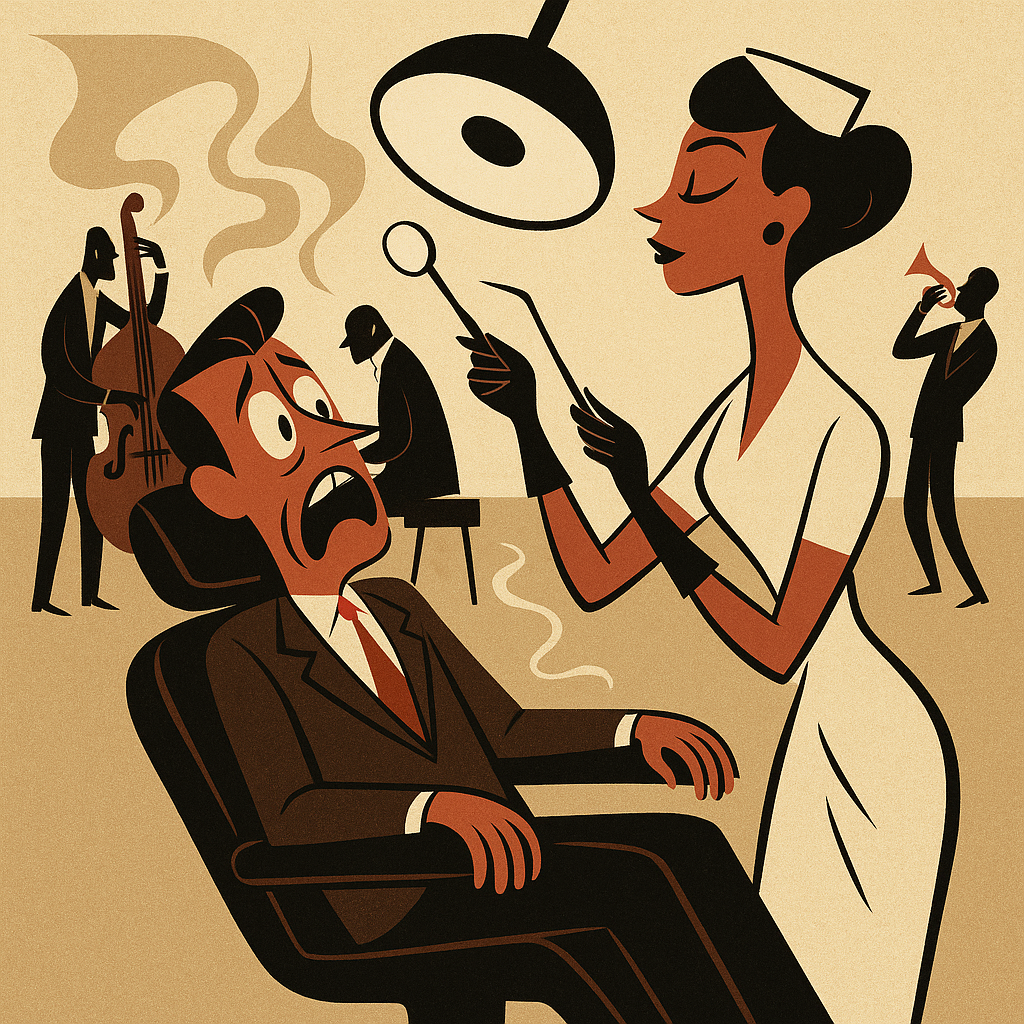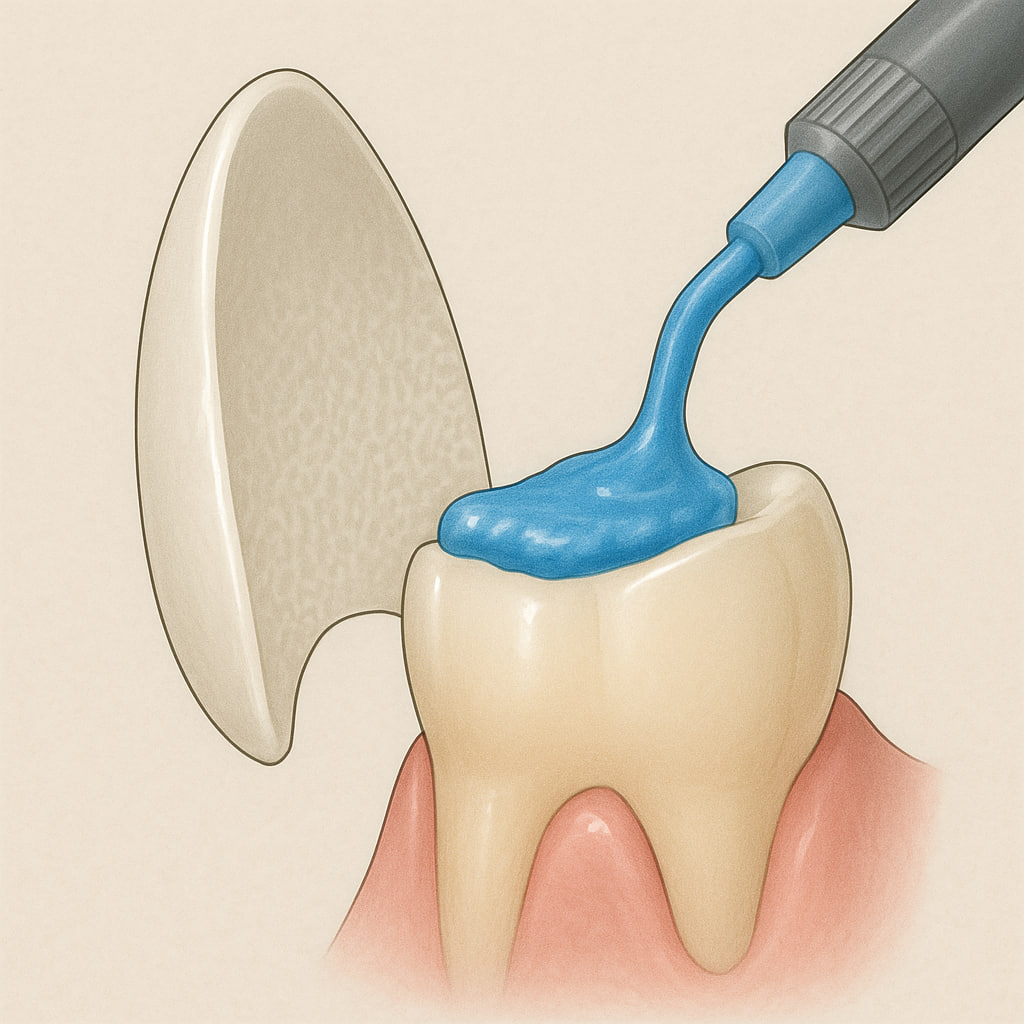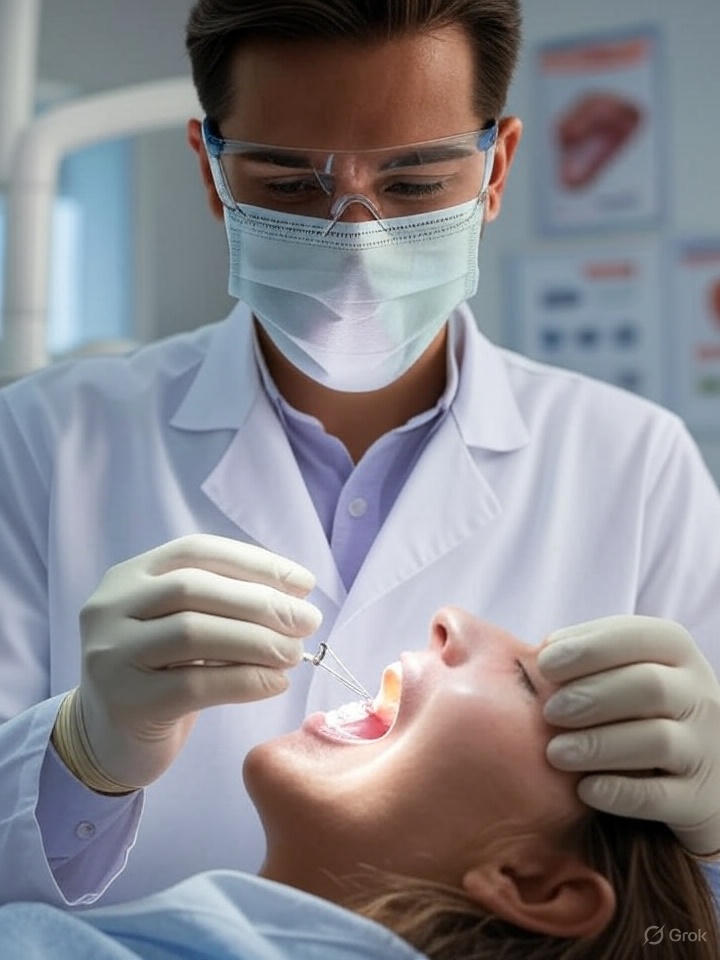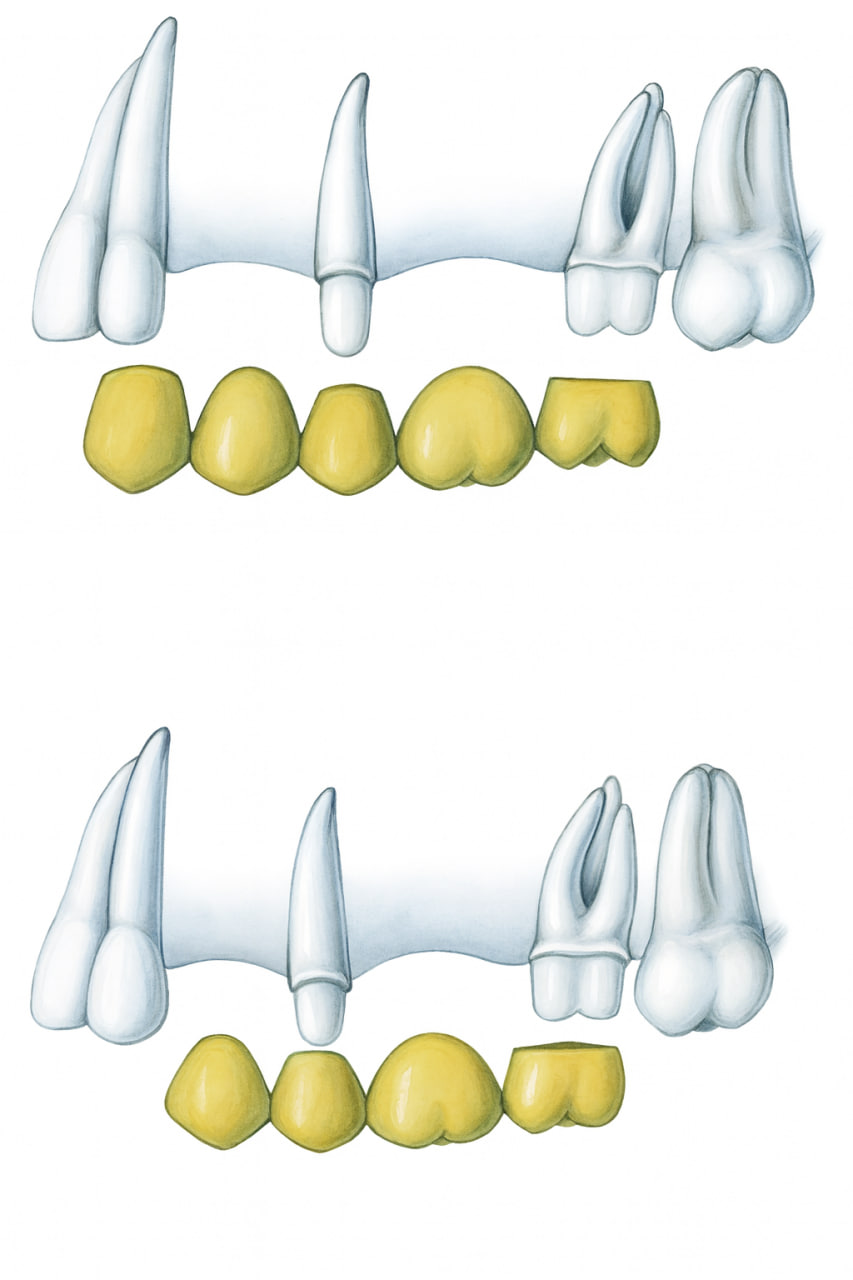Advanced Guidelines for Dental Treatment Under Anesthesia
At MorphoDent, we recognize that dental professionals and students frequently encounter patients for whom standard dental procedures are challenging or infeasible. These include individuals with dental phobia, low pain tolerance, autism spectrum disorder, intellectual disabilities, severe gag reflexes, or pediatric patients lacking sufficient cooperation. Dental treatment under general anesthesia or sedation offers a critical solution in such cases. This article provides a comprehensive guide for dentists and dental students on the protocols, requirements, and best practices for performing these treatments safely and effectively.
Clinical Indications for Anesthesia in Dentistry
Specific patient groups require specialized approaches due to their inability to tolerate conventional dental care:
-
Dental Phobia: Patients with extreme fear or anxiety toward dental procedures, often rooted in past traumatic experiences or anticipatory anxiety, may require anesthesia to facilitate treatment.
-
Low Pain Tolerance: Individuals with heightened pain sensitivity may find routine procedures unbearable without sedation or anesthesia.
-
Neurodevelopmental Conditions: Patients with autism spectrum disorder or intellectual disabilities may struggle with sensory processing or behavioral cooperation, necessitating a controlled treatment environment.
-
Severe Gag Reflex: Hyperactive gag reflexes can impede access to the oral cavity, making anesthesia a viable option to bypass this physiological barrier.
-
Pediatric Non-Cooperation: Young children who lack the cognitive or emotional capacity to cooperate during dental procedures often benefit from sedation or general anesthesia.
In these scenarios, dental treatment under anesthesia ensures patient comfort and enables clinicians to perform high-quality interventions.
Regulatory and Safety Protocols
To ensure patient safety and compliance with medical standards, the following protocols must be strictly adhered to:
-
Prohibition in Private Dental Offices
Performing dental treatments under general anesthesia or deep sedation in private dental practices is strictly prohibited, regardless of the presence of an anesthesiologist or advanced monitoring equipment. This regulation minimizes risks associated with inadequate emergency infrastructure. -
Authorized Treatment Facilities
Procedures must be conducted in facilities licensed by the Ministry of Health, including:-
Dental clinics with specific permits for anesthesia-based treatments
-
Limited surgical centers equipped with dental departments
-
Medical clinics with integrated dental units
-
Hospitals with specialized dental services
-
Accredited dental schools with appropriate facilities
These centers must meet stringent requirements, such as:
-
Dedicated, fully equipped spaces compliant with Ministry of Health standards
-
Formal contracts with private ambulance services for rapid emergency transport
-
Agreements with nearby hospitals that have intensive care units (ICUs) to manage complications
-
-
Mandatory Consent Documentation
Clinicians must obtain written requests for anesthesia-based treatments and informed consent from the patient or their legal guardian. This documentation ensures transparency and legal compliance and outlines the procedure’s risks, benefits, and alternatives. -
Management of Complex Medical Cases
Patients with underlying medical conditions—such as cardiovascular disease, respiratory disorders, or metabolic issues—require pre-treatment consultation with relevant medical specialists. If the patient’s condition necessitates hospitalization beyond 24 hours or precludes same-day discharge, treatments must be performed exclusively in a hospital setting. Dental clinics and other outpatient centers cannot manage such cases safely. -
Required Personnel for Anesthesia Procedures
A multidisciplinary team is essential to ensure patient safety during anesthesia-based dental treatments. The required personnel include:-
Anesthesiologist: Must be present from the initiation of anesthesia through the patient’s full recovery to monitor vital signs and manage complications.
-
Anesthesia Assistant: A trained professional (minimum technician level) must assist the anesthesiologist for each patient, ensuring seamless monitoring and intervention.
-
Recovery Nurse: A dedicated nurse must oversee post-procedure recovery, monitoring the patient until they are stable for discharge.
-
Maxillofacial Surgeon Consultant: A specialist in oral and maxillofacial surgery must be available for consultation to address complex cases or emergencies involving the oral cavity or facial structures.
-
-
Mandatory Training for Dentists
All dentists performing treatments under anesthesia must complete a Ministry of Health-approved operating room training course except for oral and maxillofacial surgeons and pediatric dental specialists. This training covers critical topics such as anesthesia protocols, emergency response, and patient monitoring, ensuring clinicians are equipped to handle the complexities of these procedures.
Best Practices for Implementation
To optimize outcomes and ensure patient safety, dental professionals should adopt the following best practices:
-
Pre-Treatment Assessment: Conduct thorough medical and dental evaluations to determine the necessity of anesthesia. This includes reviewing the patient’s medical history, current medications, and potential contraindications.
-
Patient Education: Communicate the procedure, risks, and recovery process to patients or guardians to set realistic expectations and reduce anxiety.
-
Facility Compliance: Verify that the treatment center meets all regulatory standards, including equipment calibration, emergency preparedness, and staff training.
-
Post-Procedure Care: Develop a robust recovery plan, including monitoring protocols and clear discharge instructions, to ensure patient safety post-anesthesia.
MorphoDent’s Commitment to Excellence
At MorphoDent, we are dedicated to advancing dental education and practice. Our platform offers dental professionals and students access to cutting-edge resources, training programs, and guidelines to deliver safe and effective anesthesia-based treatments. By adhering to these protocols, clinicians can provide high-quality care to patients with complex needs while maintaining compliance with regulatory standards. Visit MorphoDent.com for additional educational materials, training opportunities, and updates on best practices in dental anesthesia.




